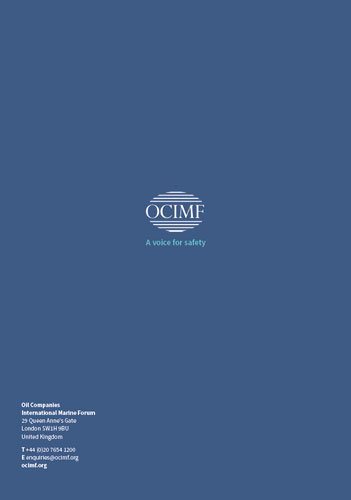Сб с 10 до 16
Ship Security - Hull Vulnerability Study/Охрана судна - Исследование уязвимости корпуса судна
Книга на английском языке
Several OCIMF members recently raised concerns about increasing attacks against vessels from missiles, crafts carrying Improvised Explosive Devices (IEDs) and hand-held Anti-Tank Guided Weapons (ATGWs). Due to regional conflict, new threats emerged in October 2016. Analysis of recent incidents has shown that the stern of the hull is a likely target area, especially on tankers. This information paper has been developed to highlight the results of the study in relation to the protection of crew and vessels. The results can be applied to both existing and new build vessels.
Contents
Glossary
Abbreviations
1 Introduction
1.1 Purpose
1.2 Scope of study
1.3 Summary of results
2 Study parameters
2.1 Vessel modelled
2.2 Threats used to determine vulnerability
2.3 Fire
3 Results
3.1 General comments
3.2 Anti-Ship Missile
3.3 Water-Borne Improvised Explosive Device
3.4 Anti-Tank Guided Weapon
4 Risk mitigation measures
4.1 Adopting a brace position
4.2 Muster points
4.3 Personal protection
4.4 Armoured bridge
4.5 Shock protection of critical equipment
4.6 Water-mist system for firefighting and blast suppression
4.7 Blast doors
4.8 Propulsion system redundancy
4.9 Improved survival of electrical power systems
4.10 Side Protection Systems
5 Conclusions




